July: Valerius Licinianus Licinius is born, the son of Licinius Augustus and Constantia (the half-sister of Constantine).
18 July: Constantine arrives in Rome to mark the beginning of his decennalia; the Arch of Constantine is complete and dedicated.
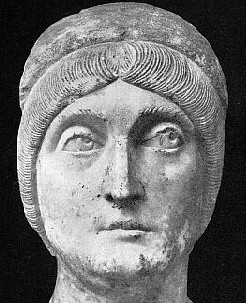
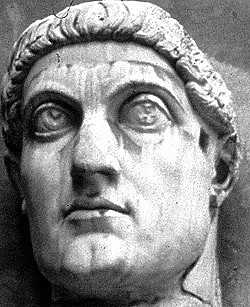
equinoctial augury
27 September: Constantine leaves Rome and returns to Gaul.
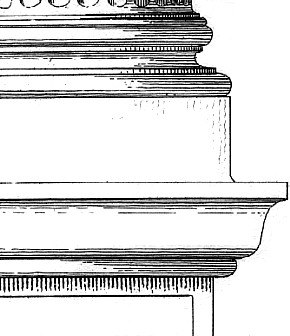
Profile of the base of column and pedestal from the Arch of Constantine, repreoduced in this plate, as also the following numbers, to recall the low state into which art had fallen in Italy, from the fourth to the sixth centuries.
Seroux
| |
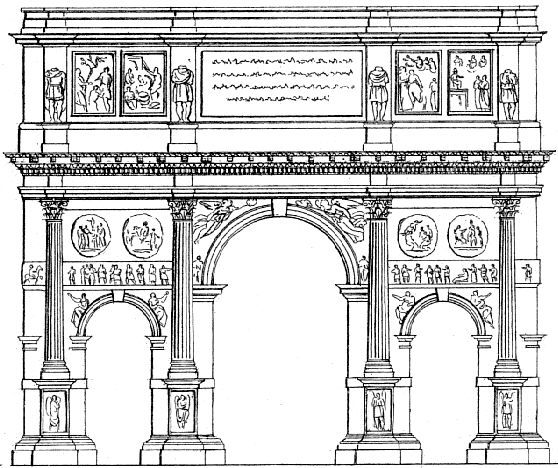
Arch of Constantine at Rome; this monument marks the principal epoch of the decline of Architecture; fourth century. (cad collection)

Details of the eggs in cornice taken from an Arch of Trajan to form the parapet of that of Constantine.
The same ornaments rudely sculptured in the cornice of the time of Constantine.
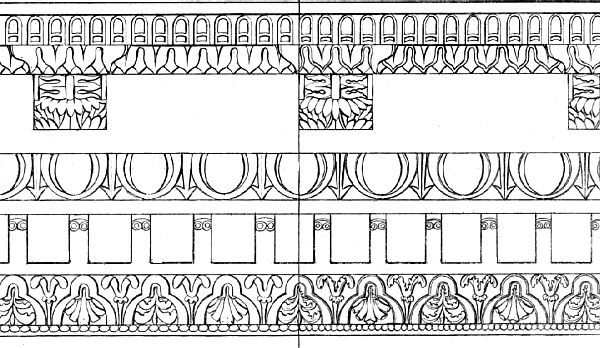
Portions of the great cornice of the Arch; of the time of Constantine.
Portions of the same cornice taken, it is believed, from an arch of Trajan, which decorated to entrance of the Forum of that Emperor.

Detail of the ornaments, elegantly carved on the lower member of the cornice taken from the Arch of Trajan.
The same, scarcely roughed out, taken from the cornice.

Base and capital of the fine columns taken from the Arch of Trajan, and placed on a heavy and inelegant pedestal, of the time of Constantine.
| |
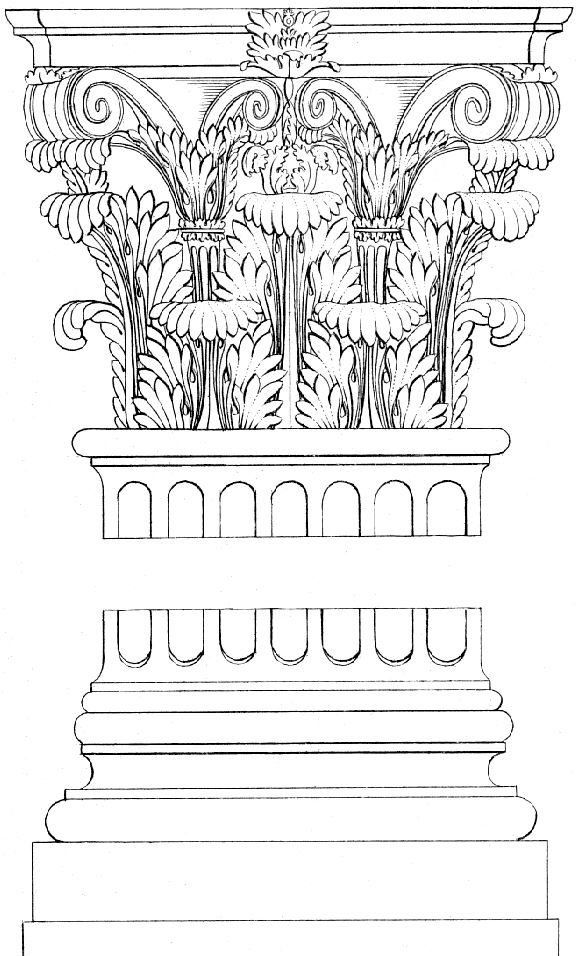
Capital of a pilaster, from the Arch of Trajan, adapted to a pilaster too large and a base badly profiled.
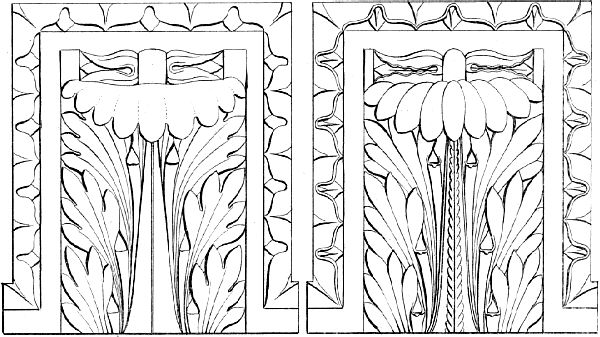
Modillion of cornice, time of Constantine.
Modillion from the Arch of Trajan, of very superior execution.
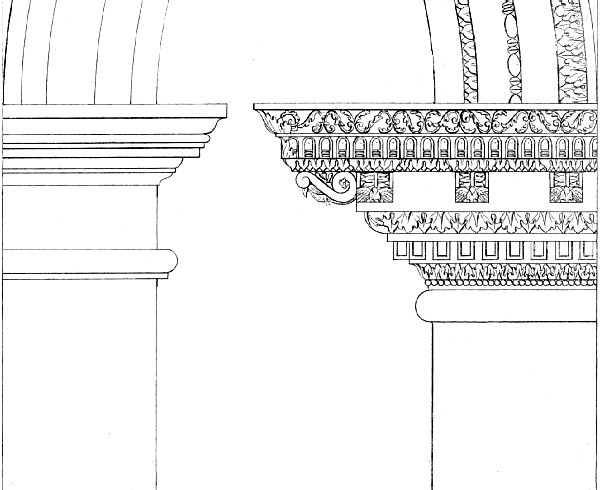
Impost and archivolt of the side arches; time of Constantine.
Cornice, serving as impost to the great center arch, and archivolt, enriched with ornaments in the best style; from the Arch of Trajan.
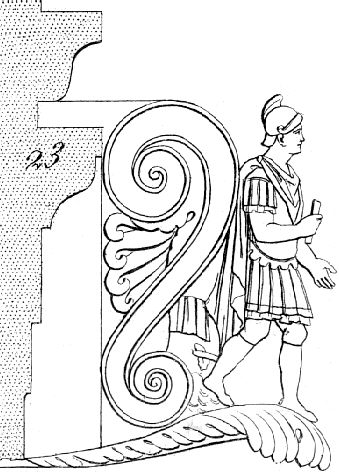
Console, forming the key-stone of the Arch of Constantine; poor in style and badly executed.
Seroux
|